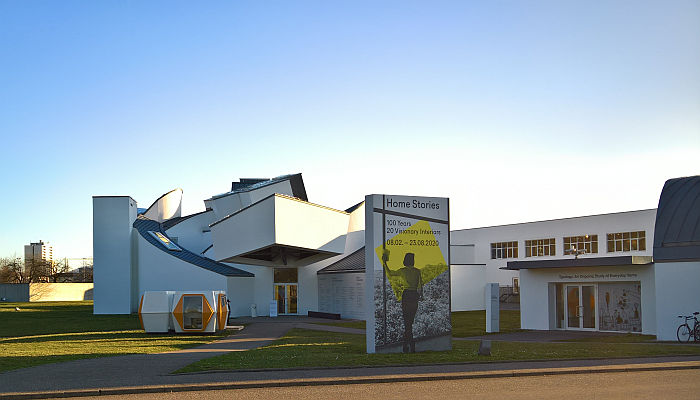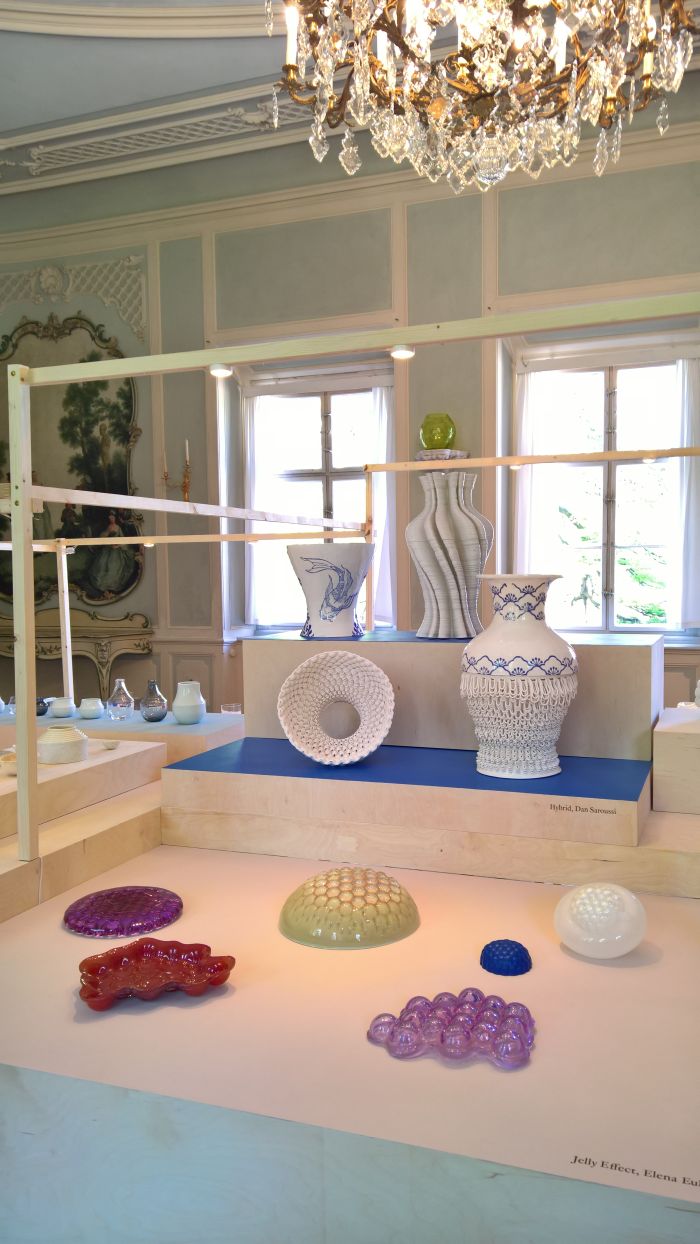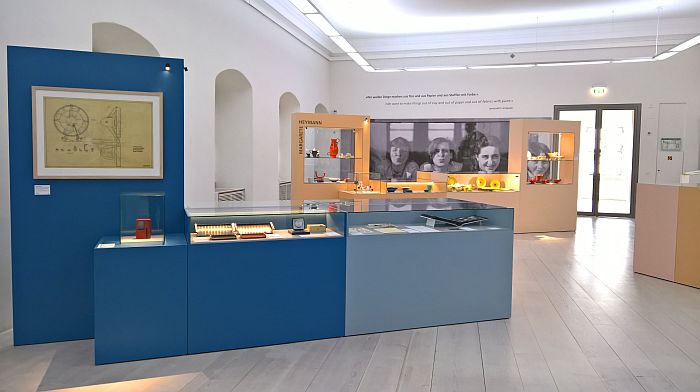Search Results for "Ellen Key"
smow Blog Design Calendar: January 10th 1875 – Happy Birthday Louise Brigham!
“Boxing is not an exclusively athletic term in these practical and utilitarian days”, noted John Crocker in 1913, rather, “the making of useful and ornamental things for the home, from the boxes, that in other days adorned the rear of stores, is the nucleus of armament that has made “boxing” a pursuit that contains both amusement and substantial results.”1
And nobody contributed more to promoting and advancing the amusement and substantial results of the practical and utilitarian craft of domestic boxing than Louise Brigham.
A contribution that for all it may have been little recognised in recent decades remains as informative and instructive in the early 21st century as it was in the early 20th century…….
Home Stories: 100 Years, 20 Visionary Interiors at the Vitra Design Museum, Weil am Rhein
“What is the goal?” asked Elsie de Wolfe in 1913 in context of domestic interior design.
“A house”, she answered, “that is like the life that goes on within it, a house that gives us beauty as we understand it and beauty of a nobler kind that we may grow to understand, a house that looks amenity.”1
How Elsie de Wolfe understood such, and how over the intervening century and a bit understandings of life, beauty, nobler beauty, amenity, the goal(s) of domestic interior design have developed and expanded are explored and discussed in the Vitra Design Museum’s exhibition Home Stories: 100 Years, 20 Visionary Interiors.
#campustour 2019: Sweden
For Jazzy Jeff and the Fresh Prince Summertime may very well be a “Time to sit back and unwind”, for us Summertime is when our year finally, finally, gets going.
While others spend the long hot days of summer on the beach, in the mountains, riding around in their Jeep, their Benzos, Nissan or eating pizza at Lorenzos, we’re to be found either riding backwards in trains, our eyes fixed firmly on the past as we race into the future, terrified that a metaphor is becoming an omen, or wandering the corridors, ateliers and workshops of European design schools, considering and reflecting on not only the students’ semester and graduation projects, but contemporary European design education, the positions of the coming generation of designers, and questioning if the world, the society, laid out before us is one we we want to be part off? Weeks of travel, reflection and existential anguish sustained by no more than our endless curiosity, more water than we consume the rest of the year and the promise of a (near) daily falafel.
That’s our “new definition of summer madness”
Drrrums please…….
table talks — Tischgespräche @ the Kunstgewerbemuseum, Schloss Pillnitz, Dresden
“Low bowls with flowers, as well as flowers placed on the tablecloth and a platter of fruit, are the most beautiful table decorations. All table centrepieces with rocks, palm trees, ostriches, deer, and such are ludicrous, for these things have no business on a table, and all tall table decorations – even those made of flowers – are also unsuitable since they screen the dinner guests from one another”, opined Ellen Key of table culture in her 1899 essay Beauty in the Home.1
But that was then.
With the exhibition table talks — Tischgespräche the Kunstgewerbemuseum Dresden present positions by students from Weißensee Kunsthochschule Berlin and the Royal Danish Academy of Fine Arts Copenhagen on contemporary table culture.
Four “Bauhausmädels” @ the Angermuseum, Erfurt
“Sometimes one has to remind oneself that this change took place in one generation – such is the gap between the woman of today and of yesterday, between the girl of then and of now.”
So begins the German magazine Die Woche’s 1930 article “Mädchen wollen etwas lernen“, “Girls want to learn something”, an article which opens Four “Bauhausmädels” and is subsequently extend by the Angermuseum Erfurt to explore not only what Gertrud Arndt, Margarete Heymann, Margaretha Reichardt and Marianne Brandt learned at Bauhaus, but how they subsequently applied that “something”.



